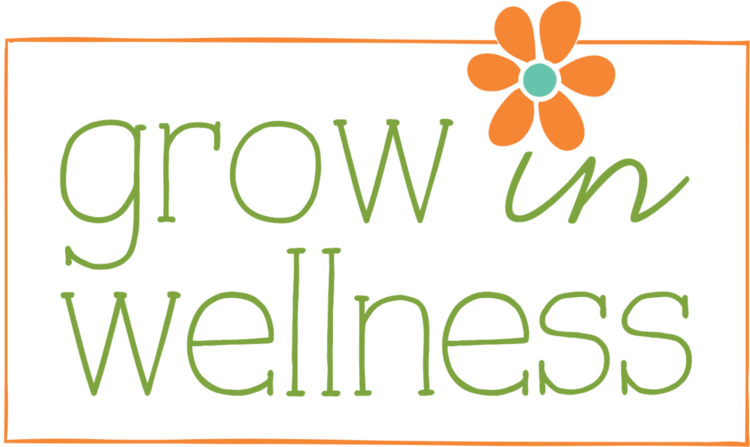Improve Your Water Delivery System
The Healthy Way to Drink Water
Want to live a greener lifestyle? Start by drinking water more healthily. That sounds strange, I realize, but with more people choosing water to quench their thirst (over sugary drinks, which have major health consequences and pitfalls of their own) single serving water bottles are more available than ever before, but that doesn’t mean it’s the best method for consumption. You can buy a bottle of water at nearly every fast food chain, sporting events, movie theaters, airports, even coffee shops… but it will cost you and our planet.
Let’s talk about water for a moment. More than 60% of our body is comprised of water and staying hydrated is critical to our health and overall well-being. It turns on digestion, helps keep hunger in check, controls thirst, keeps muscle function working properly, helps your kidneys, keeps your bowels moving, aids in weight loss…well, you get the picture.
Water should be your number one drink of choice. Every day. All daylong. How much to drink? A lot of guidelines say half your body weight in ounces, but the easiest guide is what your urine looks like… the darker it is, the more water you need, but strive for 48 oz./day.
Let’s get back to the first point - drinking water in a healthy way for you and our planet.
The healthiest way to drink water is from a BPA (Bisphenol-A) Free, reusable water bottle. BPA is the commonly used designation for bisphenol A, a chemical found in many rigid plastic products, food and formula can linings, dental sealants, and on the shiny side of paper cashier receipts (to stabilize the ink). Exposure to this chemical has health consequences (see below).
The simple step of choosing a BPA free water bottle packs a lot of punch:
It’s good for our planet. Less plastic manufacturing, less trash in our landfills, less environmental impact from water companies pumping water from springs and recycling plastics and less consumption of oil from the manufacturing of the plastic bottles. The Ocean Conservancy reported that 1.1 million pounds of plastic beverage bottles were collected in 2012 from coastal cleanup initiatives… so much for recycling.
It will save you money! If you drank the equivalent of eight glasses of water a day in plastic bottles, you’d spend about $1400/year. The cost of a good quality, re-usable water bottle averages $15. Plus they come in all sizes so you can carry more water with you. Just think what you could do with that extra $1385!
It’s good for your health. Both the consumption of water and staying away from BPA mean a healthier body. The structure of BPA resembles estrogen, and as a result, exposure to it can affect how estrogen and other hormones act in the body, by mimicking or blocking them. This can disrupt the body’s hormonal balance. Many women choose to limit their exposure to BPA and other estrogen-like chemicals because it is known that estrogen can make hormone-receptor-positive breast cancer develop and grow. Some experts have expressed concern that BPA exposure in early life may lead to an increased breast cancer risk later in life. (facts from www.breastcancer.org)
And it can brighten your day. There are so many variations on reusable water bottles that you can find a style to fit your mood, match your exercise clothes and even go with the time of year. Most have a wide opening to make it easier to add ice and a large wedge of lemon.
If you haven’t already made the switch to water as your primary hydration choice, make that your goal this week… and treat yourself to a fun, new reusable water bottle to celebrate a step toward better health for you and a healthier planet for all of us.

